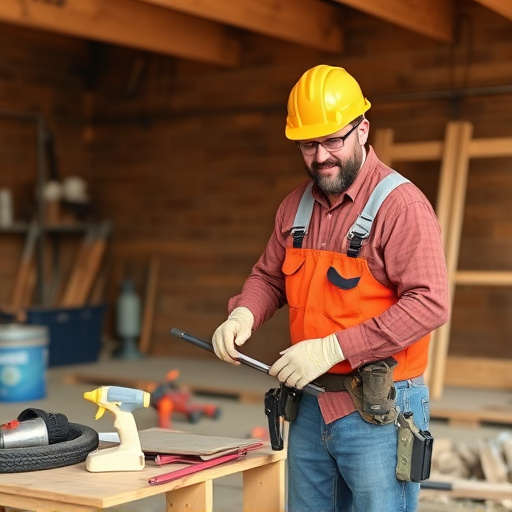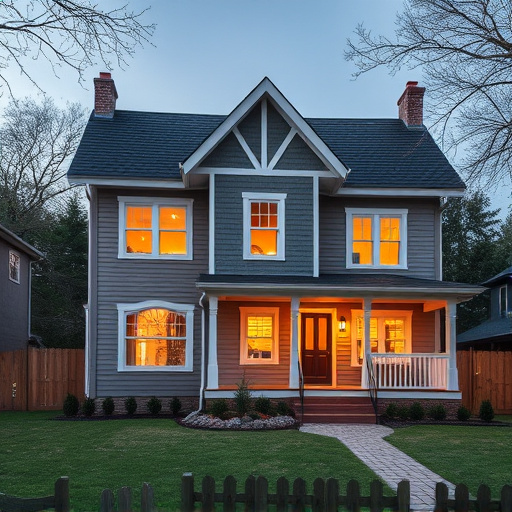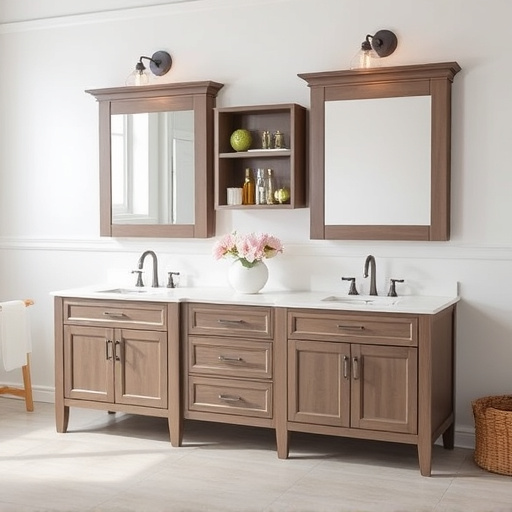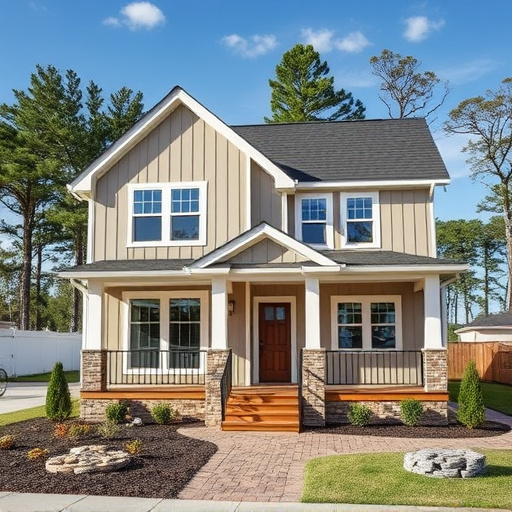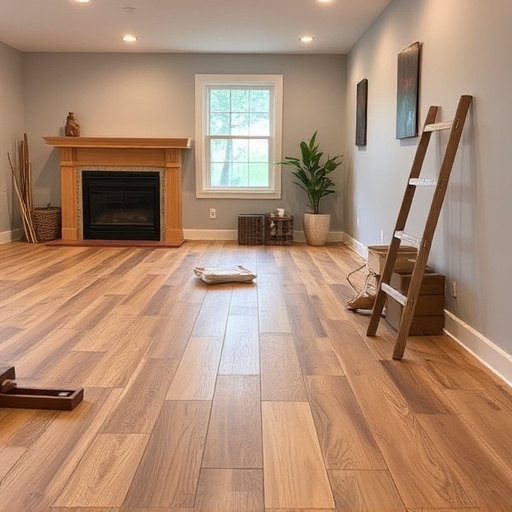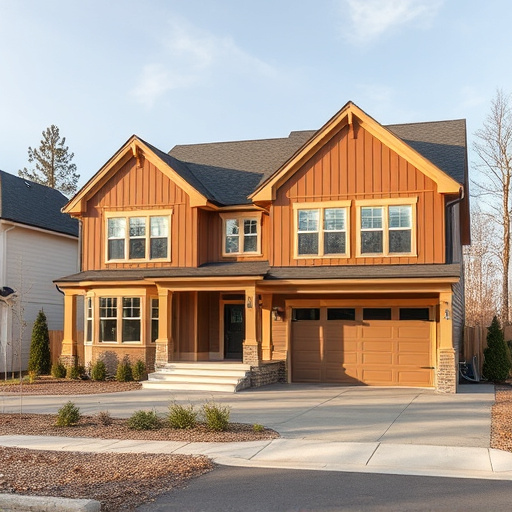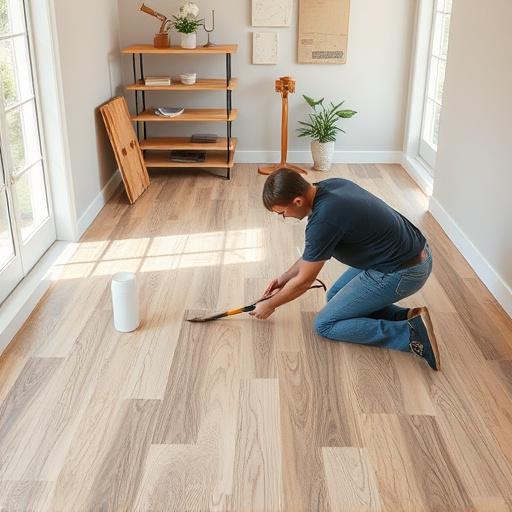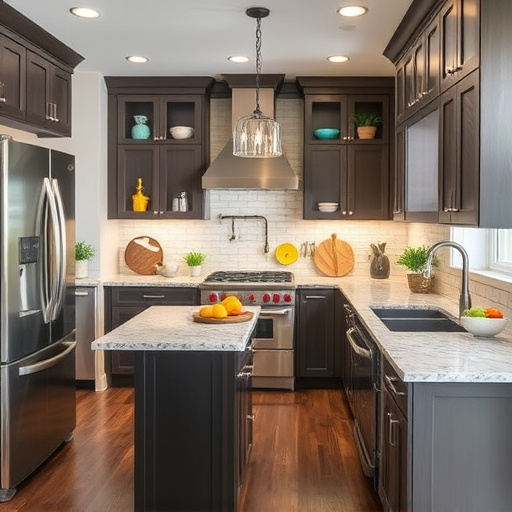Designing a home addition for multigenerational living involves balancing shared and private spaces with versatile layouts like a game room, reading nook, and adaptable family areas. Prioritize open-concept plans, natural light, and accessible bathrooms. Structural planning includes open floor plans, adjustable controls, ramps, and grab bars for privacy and comfort. Integrate smart home technology for convenience and security.
Consider a home that caters to every generation under one roof—that’s the power of a well-designed multigenerational home addition. As families evolve, so do their needs. In this guide, we explore how strategic planning, thoughtful design, and clever building solutions can transform an extension into a harmonious space for all ages. From flexible living areas to stylish yet practical features, discover how to create a seamless integration that enhances family dynamics and bonds.
- Planning Spaces: Creating Harmonious Areas for Every Generation
- Design Ideas: Blending Functionality and Esthetics for Multigenerational Comfort
- Building Solutions: Structural Considerations for Seamless Integration
Planning Spaces: Creating Harmonious Areas for Every Generation
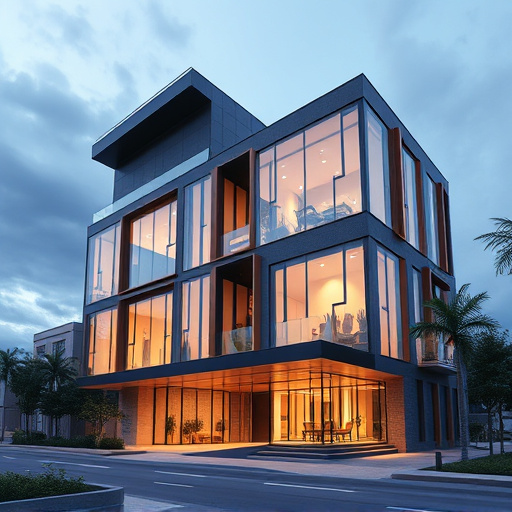
When designing a home addition for multigenerational living, careful planning is essential to create harmonious spaces that cater to every age group. Each generation has unique needs and preferences, so it’s crucial to strike a balance between shared common areas and dedicated personal spaces. For instance, a well-designed living area can serve as a gathering spot for family gatherings while also offering separate sitting areas for quiet time or intergenerational conversations.
Integrating specific zones within the home addition, such as a dedicated game room for younger kids, a peaceful reading nook for teenagers, and a comfortable den for older adults, ensures every member of the household feels at ease. Moreover, incorporating versatile spaces like a flexible family room that can double as a home office or an expanded kitchen and bath area with additional storage solutions caters to the evolving needs of each generation, making your home addition both functional and inclusive.
Design Ideas: Blending Functionality and Esthetics for Multigenerational Comfort
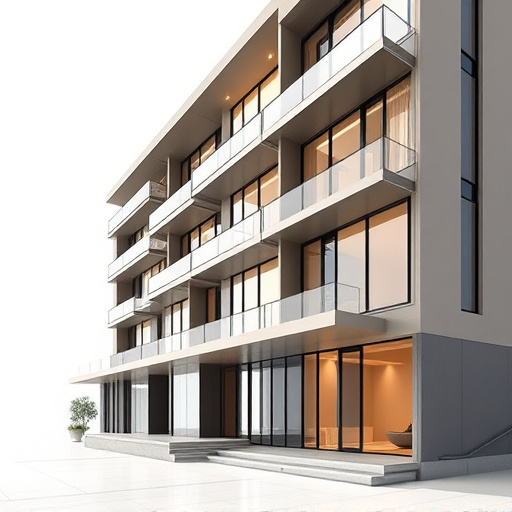
When designing a home addition for multigenerational living, the focus should be on creating spaces that seamlessly blend functionality and esthetics. Consider open-concept layouts that foster easy interaction between generations—a shared living area, for instance, where grandkids can play while grandparents relax. Incorporate versatile features like built-in storage with adjustable shelving to accommodate changing needs.
Natural light is key for comfort and mental well-being across age groups; large windows or skylights can brighten up any room. For residential renovations targeting multigenerational comfort, bathrooms are a prime area of focus. A modern bathroom remodel might include walk-in showers with grab bars, raised toilet seats, and non-slip flooring—all while maintaining a stylish design that appeals to all ages. These thoughtful design ideas ensure every member of the family feels right at home.
Building Solutions: Structural Considerations for Seamless Integration
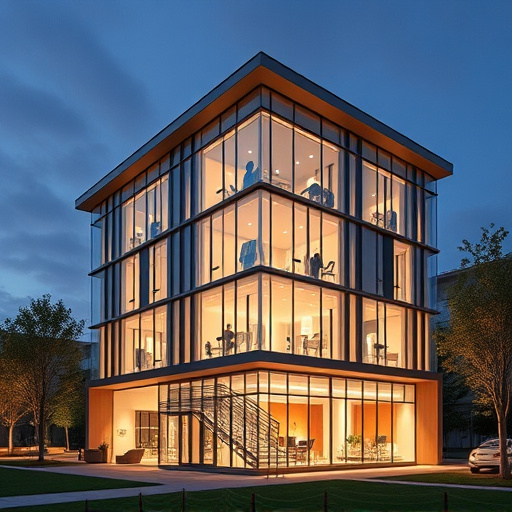
When designing a home addition for multigenerational living, structural considerations are paramount to ensure seamless integration with the existing home. This involves careful planning and engineering to accommodate varying needs and lifestyles under one roof. For instance, creating open floor plans that facilitate easy movement between spaces can foster a sense of community while allowing individual privacy when needed. Additionally, incorporating features such as adjustable lighting and temperature controls in each area ensures comfort for all occupants, regardless of age or ability.
Structural modifications must also account for accessibility and safety. Installing ramps or lift systems for individuals with mobility issues, as well as adding grab bars and non-slip flooring, are essential elements that contribute to a truly inclusive living environment. Moreover, incorporating smart home technology into the design can enhance convenience and security, allowing family members to customize their living spaces through automated lighting, temperature, and security systems. These thoughtful structural considerations make whole house remodels more than just an upgrade—they transform homes into vibrant hubs where generations can connect and thrive.
When planning a home addition designed for multigenerational living, it’s crucial to balance the needs of every family member across different age groups. By carefully considering space planning, thoughtful design ideas, and appropriate building solutions, you can create a harmonious environment that seamlessly integrates additional living spaces. A well-designed home addition enhances comfort and quality of life for all, ensuring everyone has their own sanctuary within the same roof.

